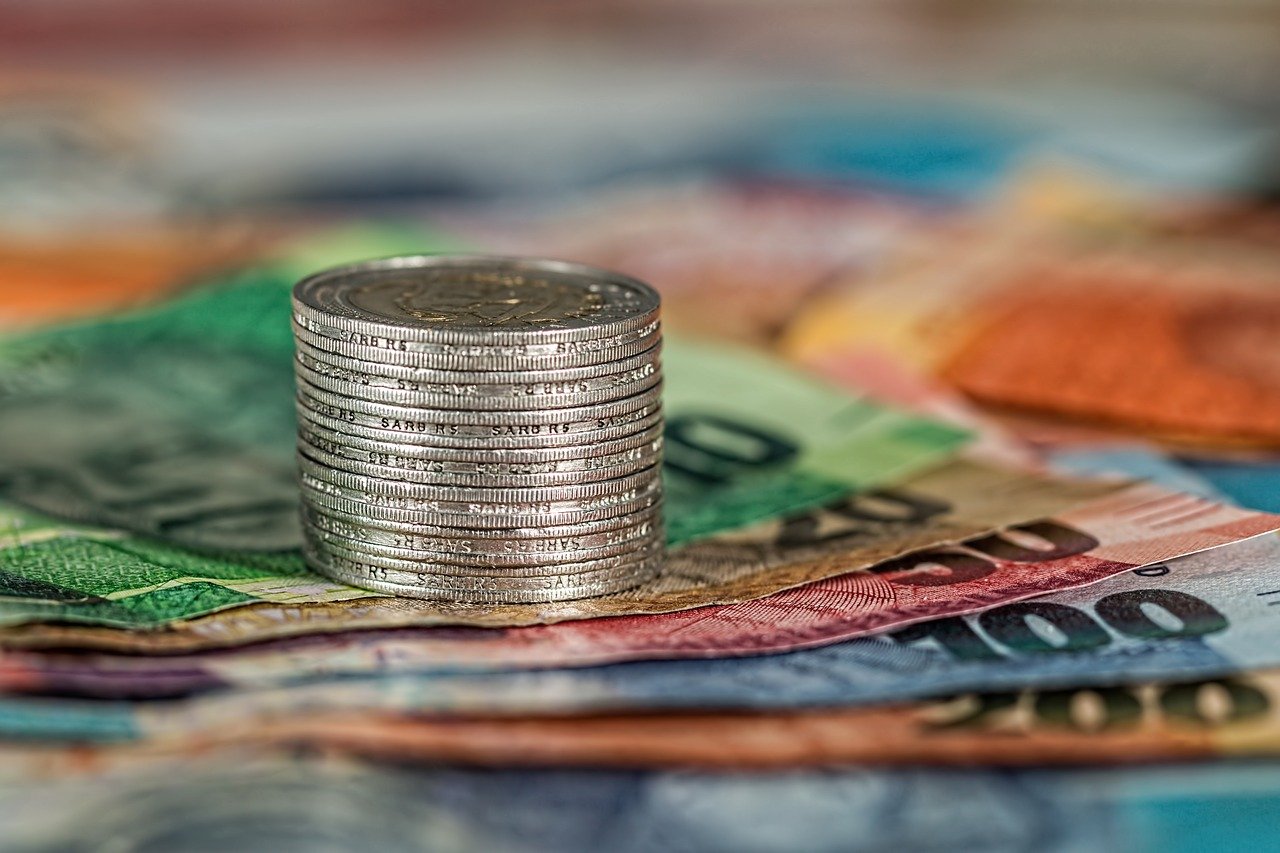
The Art of Budgeting
We’ve all heard it before. Studying abroad is expensive.
“There’s no way I can afford to live abroad.”
“The costs for staying in another country are too extreme.” Well, have you ever sat down and really calculated those costs? Let’s get down to budgeting, shall we?
Before I studied abroad, I thought about the cost countless time. It was always a worry for me, especially when I knew that living in another country, even one with a pretty good exchange rate, would be expensive. Something that helped put my mind at ease was the budget sheet that my university had already created that showed the varying expenses for the program I was looking at. These sheets included housing, travel, personal expenses, visa costs, etc. which really laid everything bare.
If your university has something similar, I highly recommend you take a look at it. Keep in mind, too, that that large final number shown after all the costs are added up isn’t what you’re paying out of pocket. More likely than not, your financial aid for that semester, or year, will go towards your study abroad program. Of course, you’ll want to double check with your financial aid office that everything you get in a semester will transfer over–it’s always better safe than sorry. Scholarships that may not transfer are ones that are private or for a specific area of study.
So, when looking at your final cost, you’ll wanna take that large number and subtract what you usually get for a semester in financial aid from it. Whatever’s left is what you’re actually paying out of pocket–and what you’ll want to start saving for.
Budgeting for your study abroad program can seem daunting, especially if you try to create a form in excel or some other program. It can also be time consuming, but it’s totally worth it in the end. As someone who’s been in your situation, I’ve created a customizable budget sheet for Asia, Australia, Europe, and the UK for people to use as they see fit. You’ll find the numbers filled in for the “USD $” along with the exchange equivalents. These numbers are estimates and are meant to be on the higher end of things. Feel free to change out the USD $ amount. If you change that, the exchange currency will change out automatically.
The second to last column title “actual USD$” is meant for you to calculate as you discover the cost, this way you can keep track of how much you’re actually spending. For instance, airfare may only cost you $1,000 instead of $1,300. In this case, you would simply fill in $1,000 and the total at the bottom will change accordingly.
I’ve created this budget sheet to help others budget out the true cost of their program abroad. I hope you find it useful.
— Shania N Soler (Tokyo, Japan), Study Abroad Assistant
